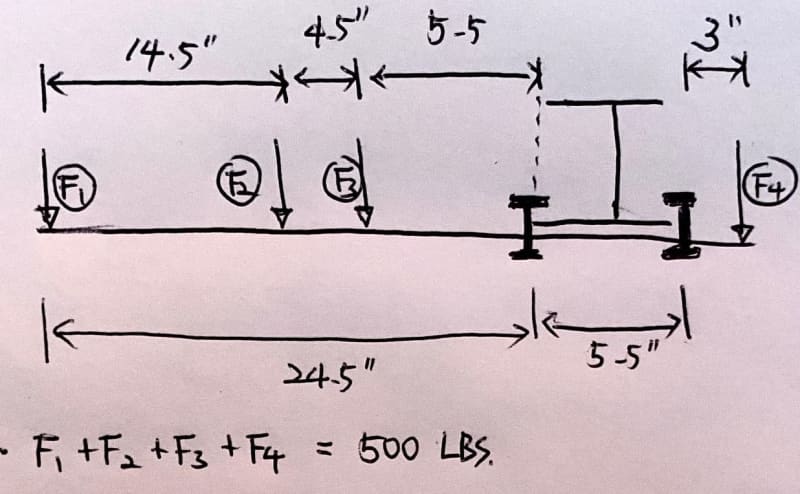Hello


Would anyone please help me with this calculation?
My goal is to know the proper preload for the 4 bolts that hold the I-beam and the beam structure together, using the clamps.
I used 5/8" grade 5 bolts.
and How to calculate the axial bolt force of the bolts? I ran FEA simulation and I would like to compare the simulation was run properly. so I thought I could compare the hand calculation of axial force to simulation result.
Please let me know if there need to be more information.
Thank you


Would anyone please help me with this calculation?
My goal is to know the proper preload for the 4 bolts that hold the I-beam and the beam structure together, using the clamps.
I used 5/8" grade 5 bolts.
and How to calculate the axial bolt force of the bolts? I ran FEA simulation and I would like to compare the simulation was run properly. so I thought I could compare the hand calculation of axial force to simulation result.
Please let me know if there need to be more information.
Thank you


